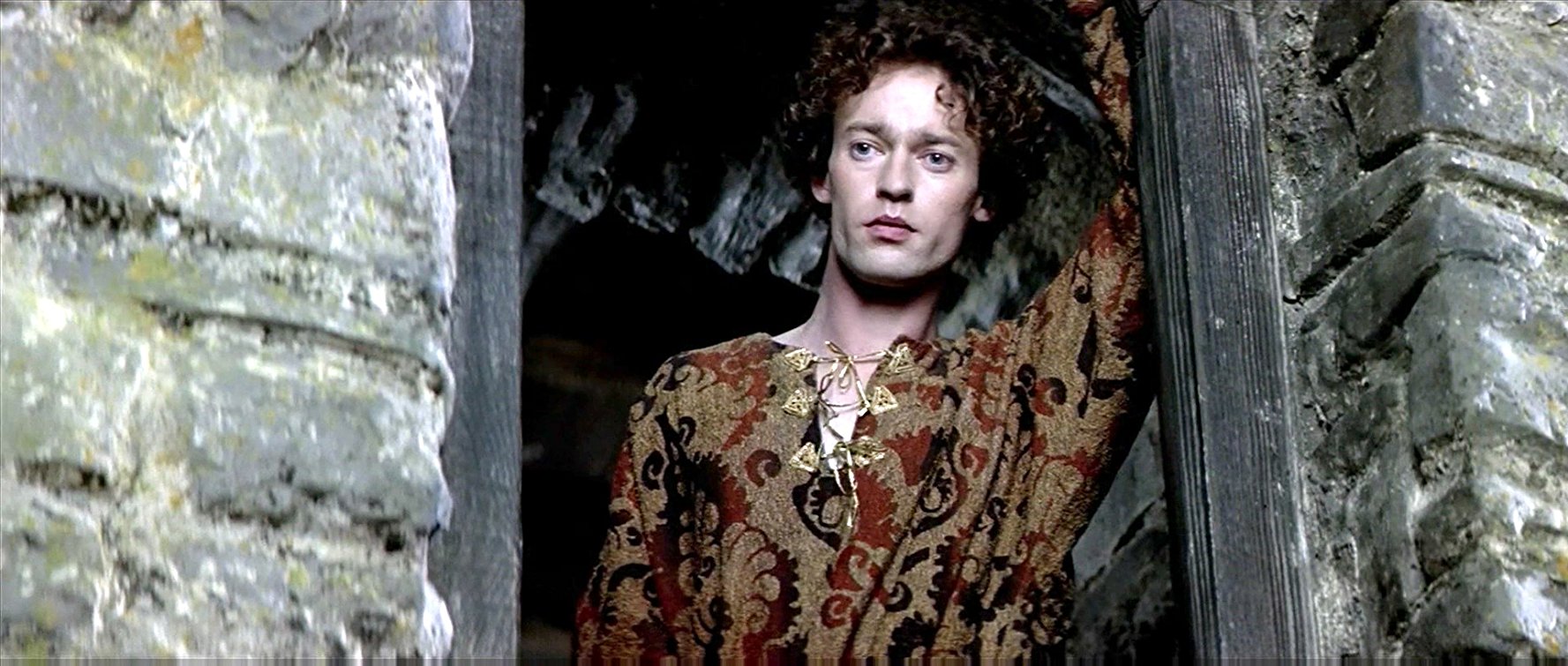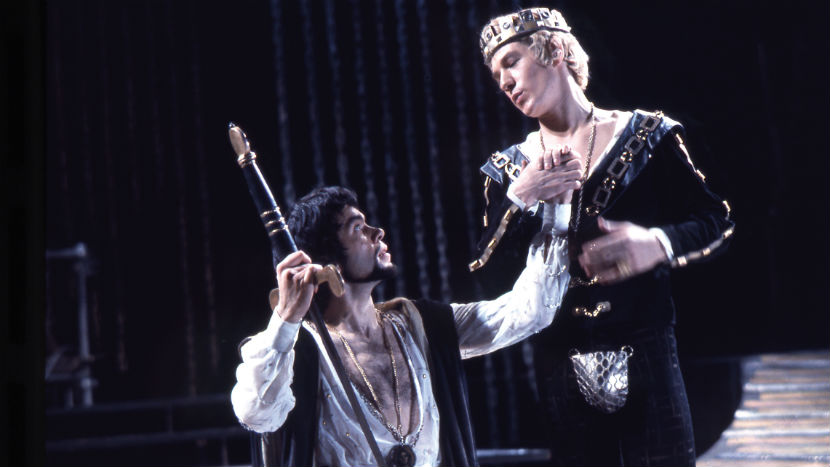Edward II (1284-1327) was king of England from 1307 until he was deposed by his wife and her lover in 1326. Edward was the son of King Edward I Longshanks, and was born in Wales, during his fathers war of conquest there. As a term of the peace treaty that the Welsh lords agreed to, King Edward would choose a Prince to govern their lands, but he pro...
Show more »
Edward II (1284-1327) was king of England from 1307 until he was deposed by his wife and her lover in 1326. Edward was the son of King Edward I Longshanks, and was born in Wales, during his fathers war of conquest there. As a term of the peace treaty that the Welsh lords agreed to, King Edward would choose a Prince to govern their lands, but he promised to choose someone native to Wales who spoke no English. To the chagrin of the Welsh, he named his infant son, the future Edward II as Prince of Wales, and the heirs apparent to the English throne have typically held this title since then.Following his fathers death in 1307, Edward II was crowned King of England. The following year, he married Isabella of France (1295-1358), daughter of King Philip IV of France. The marriage was unhappy from the start, due to Edwards rude behaviour and neglect of his wife in favour of certain male favourites at court. The excessive generosity and privileges Edward showed first to Piers Gaveston and then to Hugh Despenser the Younger earned him the enmity of his wife and of numerous English lords. Although he fathered several children by at least two women, his behaviour toward these men quickly gave rise to a consensus view that he was bisexual, which was both viewed with contempt by contemporary society and condemnable by church doctrine.In a series of military engagements from 1307 until 1314, Edward gradually lost all of Scotland (which had been seized and subdued by his father) to Robert the Bruce (1274-1329). This setback was both a crushing blow to Edwards prestige, and another source of contention between himself and his lords, many of whom had held lands in Scotland, which were now forfeit.When a dispute arose with France in 1325, Edward sent his wife, Isabella (sister of the then French king, Charles IV (r. 1322-1328) to negotiate a settlement. Isabella agreed to go on the pretense of interceding on behalf of her husband, but was only too happy to leave his court. Once she reached her brothers court in France, she fully conceded to his complaints against Edward, and began to sew discontent amongst the English barons. She formed an alliance with a powerful marcher lord named Roger Mortimer (1287-1330), who soon became her lover.In 1326, Isabella and Roger Mortimer invaded England in a coup against Edward, and gained popular support. Edward was eventually captured after fleeing to Wales, imprisoned and forced to abdicate in favour of his teenage son, Edward III. Being under-age still, Roger Mortimer was free to act as regent in England in the boy-kings name. In September of that year, Edward II died in prison, which was popularly believed to be at the behest of Roger Mortimer.Three years later, in 1330, just days before his eighteenth birthday, Edward III led a coup of his own, had his mother and Roger Mortimer arrested, and in spite of his mothers pleas for mercy, he had Mortimer publicly hanged as a common criminal, and left his rotting body hanging on display for several days.
Show less «




